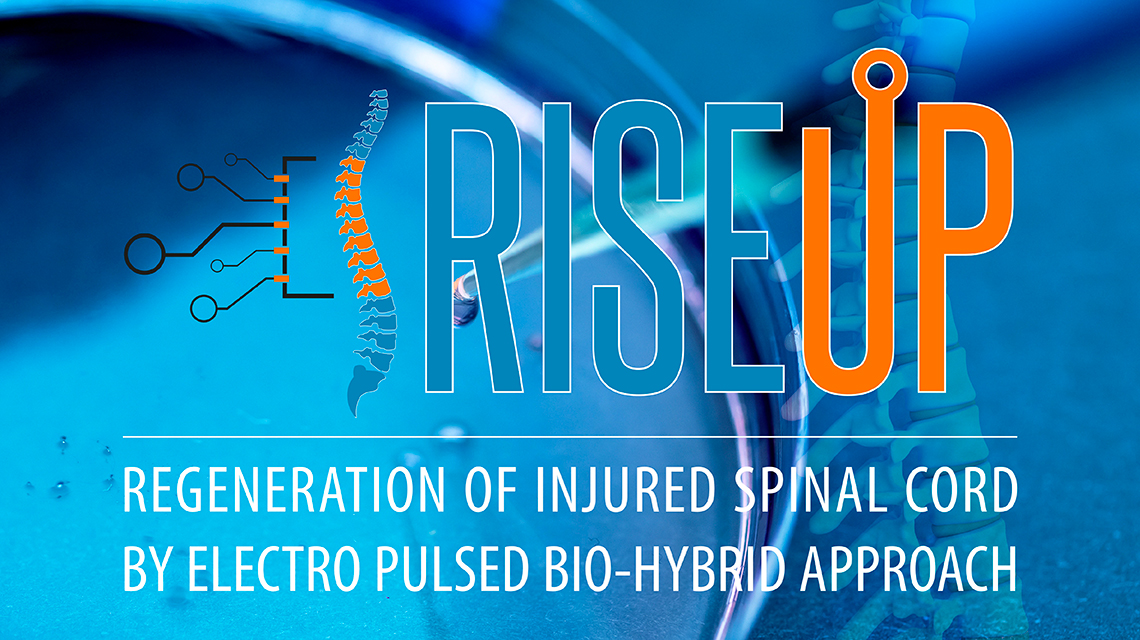Italian National Agency for New Technologies, Energy and Sustainable Economic Development

Health: Spinal cord injuries, ENEA tests wireless electrical stimulation of stem cells
Wireless electrical stimulation of stem cells to promote the regeneration of spinal cord injuries — this is the innovative technique developed by ENEA researchers as part of the European project RISEUP. The project also involves Sapienza University of Rome and the company RISE Technology in Italy. Specifically, a device has been created that can stimulate stem cells transplanted into the injured spinal cord, using an innovative electrode whose electrical impulses encourage their differentiation into neurons.
“We have developed a fully biocompatible device capable of delivering wireless electric pulses to transplant and modify stem cells directly within the damaged spinal cord tissue,” explains Claudia Consales, project coordinator and researcher in ENEA, Department of Sustainability.
The device consists of a 3D-printed capsule designed to house the electronic components, which are connected to a completely flexible electrode that can easily adapt to any shape of the body. “This approach not only enables a less invasive intervention but also improves the integration of stem cells and helps reduce the inflammatory response,” adds Consales.
These results open promising new avenues for the application of electric pulses. The ability to "guide" the phenotype of stem cells, along with anti-inflammatory effects, enables highly innovative uses of electrical stimulation in regenerative medicine and in conditions where inflammation plays a significant role in disease progression.
Electric pulses are mainly used in biology and medicine for their ability to induce pore formation in cells (a process known as electroporation). In the RISEUP project, they are applied to stem cells to modify their phenotype, promoting their proliferation or differentiation by modulating intracellular calcium oscillations.
“We have demonstrated both in vitro and in vivo experiments that these pulses can also reduce the inflammatory response,” Consales emphasizes. “The combination of advanced bioengineering and electric stimulation,” she concludes, “has the potential to revolutionize the approach to several types of diseases, contributing to improve quality of life for patients.”


